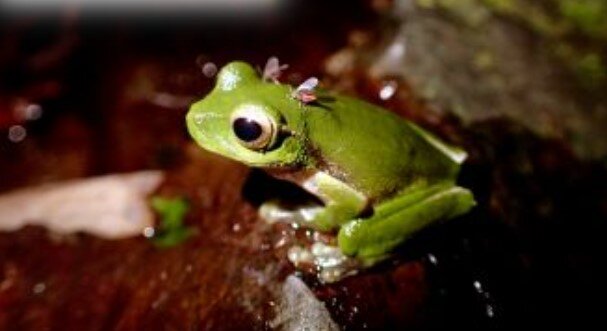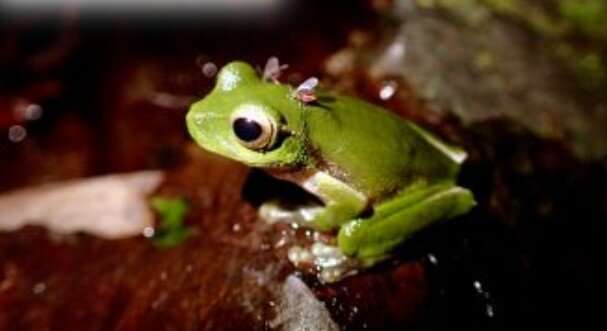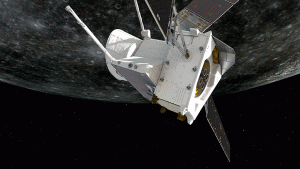

UNSW Science and the Australian Museum want your photos of frogs, specifically those being bitten by flies, for a new (and inventive) technique to detect and protect our threatened frog species.
You might not guess it, but biting flies—such as midges and mosquitoes—are excellent tools for science. The blood “sampled” by these parasites contains precious genetic data about the animals they feed on (such as frogs), but first, researchers need to know which parasitic flies are biting which frogs. And this is why they need you, via the Australian Museum, to submit your photos.
“Rare frogs can be very hard to find during traditional scientific expeditions,” says Ph.D. student Timothy Cutajar, leading the project. “Species that are rare or cryptic [inconspicuous] can be easily missed, so it turns out the best way to detect some species might be through their parasites.”
The technique is called “iDNA,” short for invertebrate-derived DNA, and researchers Mr. Cutajar and Dr. Rowley from UNSW Science and the Australian Museum were the first to harness its potential for detecting cryptic or threatened species of frogs.
The team first deployed this technique in 2018 by capturing frog-biting flies in habitats shared with frogs. Not unlike the premise of Michael Crichton’s Jurassic Park, where the DNA of blood-meals past is contained in the bellies of the flies, Mr. Cutajar was able to extract the drawn blood (and therefore DNA) and identify the species of amphibian the flies had recently fed on.
These initial trials uncovered the presence of rare frogs that traditional searching methods had missed.
“iDNA has the potential to become a standard frog survey technique,” says Mr. Cutajar. “[It could help] in the discovery of new species or even the rediscovery of species thought to be extinct, so I want to continue developing techniques for frog iDNA surveys. However, there is still so much we don’t yet know about how frogs and flies interact.”
In a bid to understand the varieties of parasites that feed on frogs—so the team might lure and catch those most informative and prolific species—Mr. Cutajar and colleagues are looking to the public for their frog photos.
“If you’ve photographed frogs in Australia, I’d love for you to closely examine your pictures, looking for any frogs that have flies, midges or mosquitoes sitting on them. If you find flies, midges or mosquitoes in direct contact with frogs in any of your photos, please share them.”
“We’ll be combing through photographs of frogs submitted through our survey,” says Mr. Cutajar, “homing in on the characteristics that make a frog species a likely target for frog-biting flies.”
“It’s unlikely that all frogs are equally parasitized. Some frogs have natural insect repellents, while others can swat flies away. The flies themselves can be choosy about the types of sounds they’re attracted to, and probably aren’t evenly abundant everywhere.”
Already the new iDNA technique, championed in herpetology by Mr. Cutajar, has shown great promise, and by refining its methodology with data submitted by the public—citizen scientists—our understanding of frog ecology and biodiversity can be broadened yet further.
“The power of collective action can be amazing for science,” says Mr. Cutajar, “and with your help, we can kickstart a new era of improved detection, and therefore conservation, of our amazing amphibian diversity.”
Australian frogs are dying en masse again, and we need your help to find out why
For more information, see unsw.au1.qualtrics.com/jfe/form/SV_cFNoRD4Jd51HbRY
University of New South Wales
Citation:
Wanted: Photos of frogs being fed on by flies (for frog conservation) (2022, June 21)
retrieved 21 June 2022
from https://phys.org/news/2022-06-photos-frogs-fed-flies-frog.html
This document is subject to copyright. Apart from any fair dealing for the purpose of private study or research, no
part may be reproduced without the written permission. The content is provided for information purposes only.
